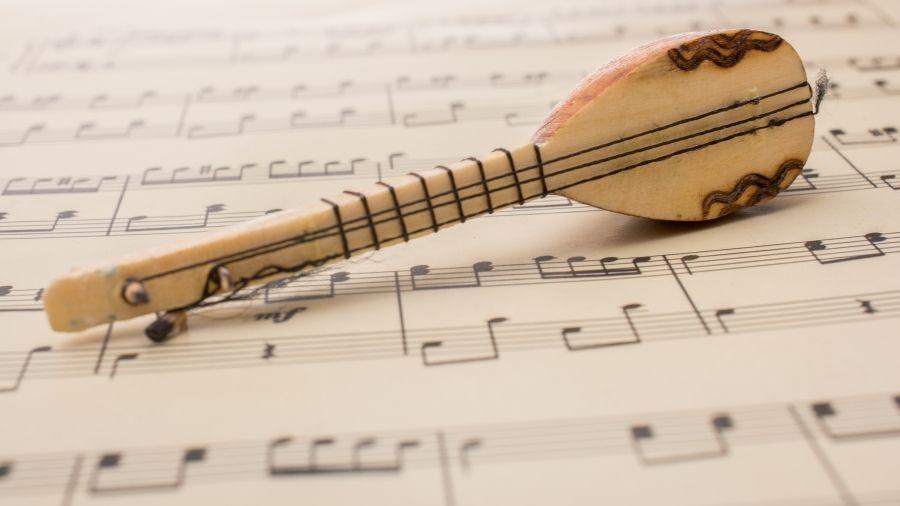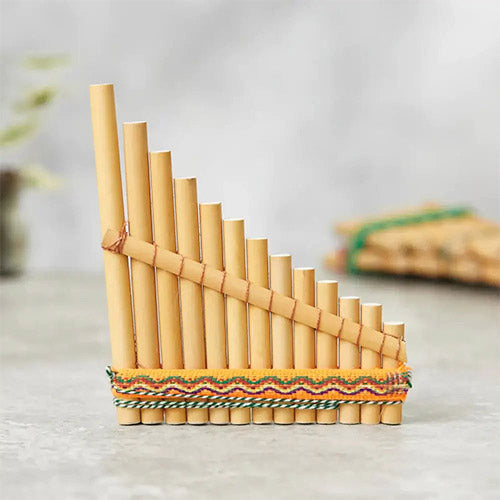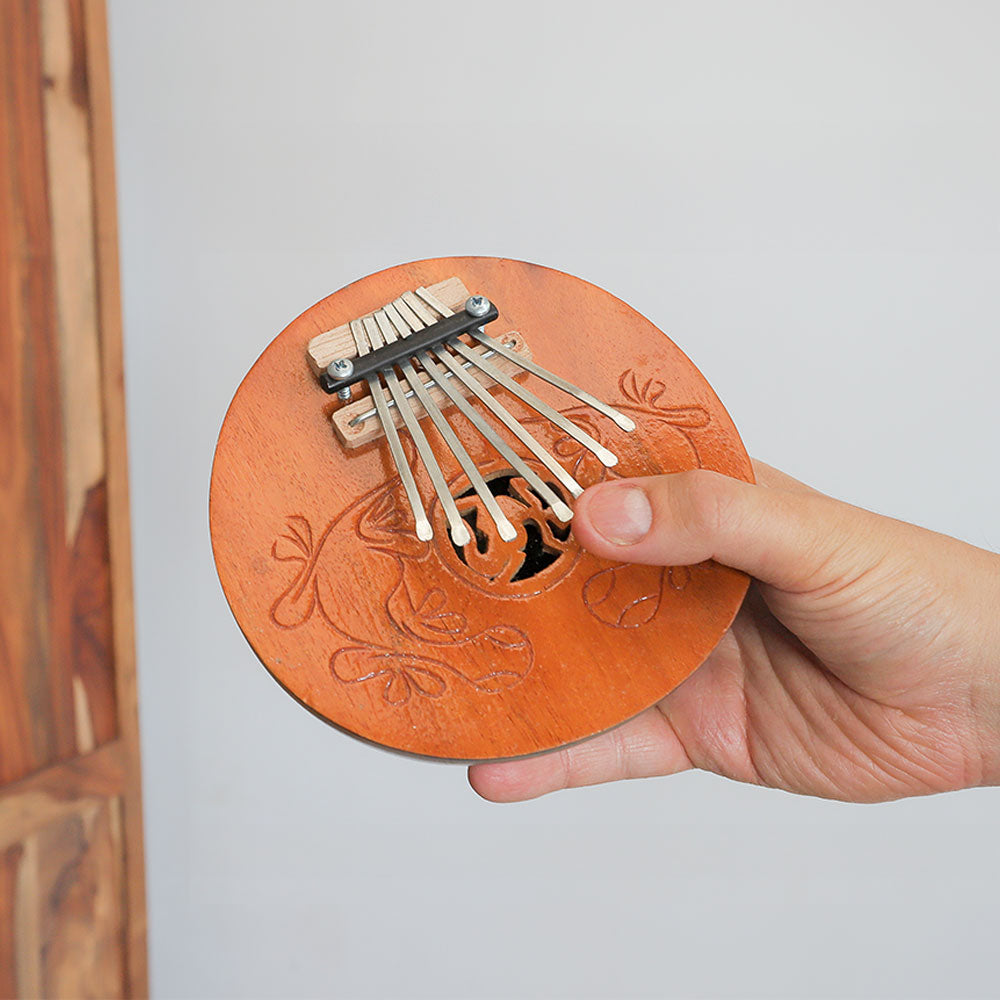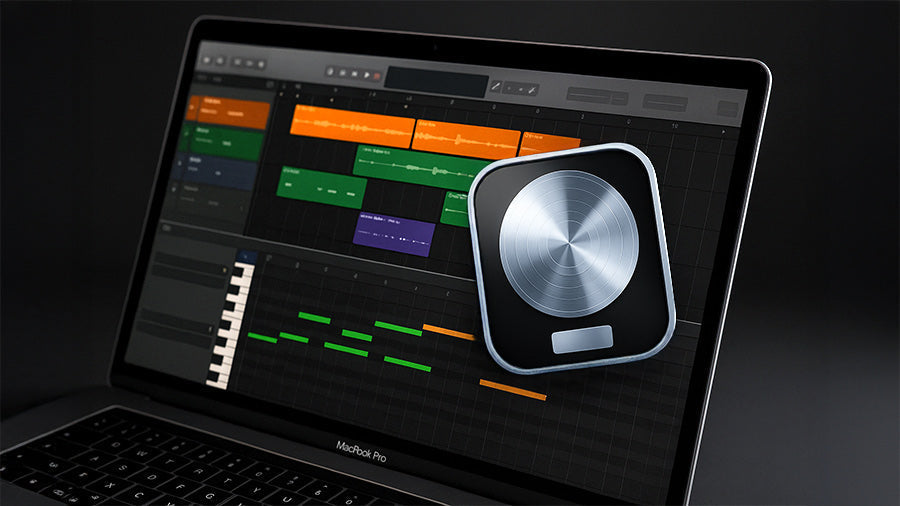Turkish musical instruments are known for their unique sounds, designs, and textures. They are used to tell stories and portray emotions. Typically used in classical music, Turkish instruments produce harmonic sounds and are globally recognized. Here, we will explore the most well-known traditional instruments that shape Turkish music.
1. Oud

The Oud is a traditional Turkish stringed instrument similar to a lute. It has a large, pear-shaped body and no frets. Played with a plectrum, it is renowned for its deep, resonant sound. The Oud is often considered the "king" of Turkish instruments, especially in classical and folk music. It serves as the centrepiece of many ensembles, where its rich tones form the foundation of the music. The Oud is typically played in group or solo productions, but it complements all music genres. It produces a sound that evokes emotion and connection and can be used to complement vocal and instrumental performances.
2. Saz
The Saz is also known as the Bağlama—the Turkish stringed instrument with a long neck and a sound. Played with a plectrum, it features metal or nylon strings. Revered in Turkish folk music, especially within the Alevi and Turkish traditions, the Saz offers a bright, warm tone. It can produce a wide dynamic range, from soft melodies to energetic rhythmic patterns. It accompanies singing and is often featured in Turkish ballads, epic poetry, and storytelling. It is part of Turkey's strong musical history and culture.
3. Ney

The Ney features in classical Turkish music and is constructed with reed. The sound produced by Ney is chilling and well-known in many genres. The Ney can convey a wide range of emotions—soothing tranquillity in one moment and profound intensity the next. Due to its cinematic tones, which highlight emotions, it is a significant instrument in Sufi music.
4. Kanun
The Kanun is a traditional Turkish zither-like instrument with a trapezoidal shape and typically has about 72 to 84 strings. It is regularly used in group and solo productions and is played with a plectra or fingers. The Kanun emits a radiant sound and compliments classical music and other genres. It is played in group and solo productions and is well-regarded due to its demanding playing style. The strings are plucked using a plectra or the fingers to play the Kanun.
5. Darbuka

The Darbuka, also known as the Doholla, is a goblet-shaped drum central to Turkish folk and classical music. Its skinhead is typically made from either animal skin or synthetic materials. Played with bare hands or small sticks, the Darbuka is known for its clear, punchy sound that defines the rhythm in many Turkish music settings.
A key component of folk and traditional performances, the Darbuka's vast tonal range—from deep, resonant sounds to sharp, high-pitched slaps—adds texture and vibrancy. Due to its upbeat sound, it features in many weddings and celebrations.
6. Kemenche
A popular instrument in the Black Sea region, the Kemenche is featured in classical and folk music genres. Classed as a bowed string instrument, it produces a soft sound that is perfect for harmonies. It has the appearance of a cello and is also played with a bow. Its expressive quality allows musicians to deliver emotional, soulful performances that connect with people.
7. Zurna

The Zurna is featured in Turkish folk music and is generally suited to high-energy environments. Its strong sound can be heard throughout the music and works well in loud and outdoor environments. Classed as a double-reed wind instrument, it produces a strong sound. It resembles an oboe and can be used with the Darbuka to enhance the feeling of the music.
8. Bendir
The Bendir is a traditional Turkish frame drum similar to those found in many cultures worldwide. It is made from a wooden frame with a skinhead stretched over it. The Bendir is played with the hands or a mallet. It produces a deep, resonant tone, ideal for festivals and celebrations where Turkish folk music is played. It can be played alongside the Darbuka to keep a rhythmic flow.
9. Cello

The Cello is played in classical Turkish music due to its complementary effects with other instruments. It has a deep sound and is used for solo and group productions.
10. Clavichord
This historical keyboard instrument is not as popular today as it was during the Ottoman Empire. It is featured in classical music and produces a pleasant sound, ideal for intimate settings. Ottoman composers and musicians used the Clavichord to create intimate, personal music typically performed at home or in small gatherings. Although it is no longer a staple in modern Turkish music, it remains integral to the country's musical history.
Want to see the full collection? Click here to explore more!







